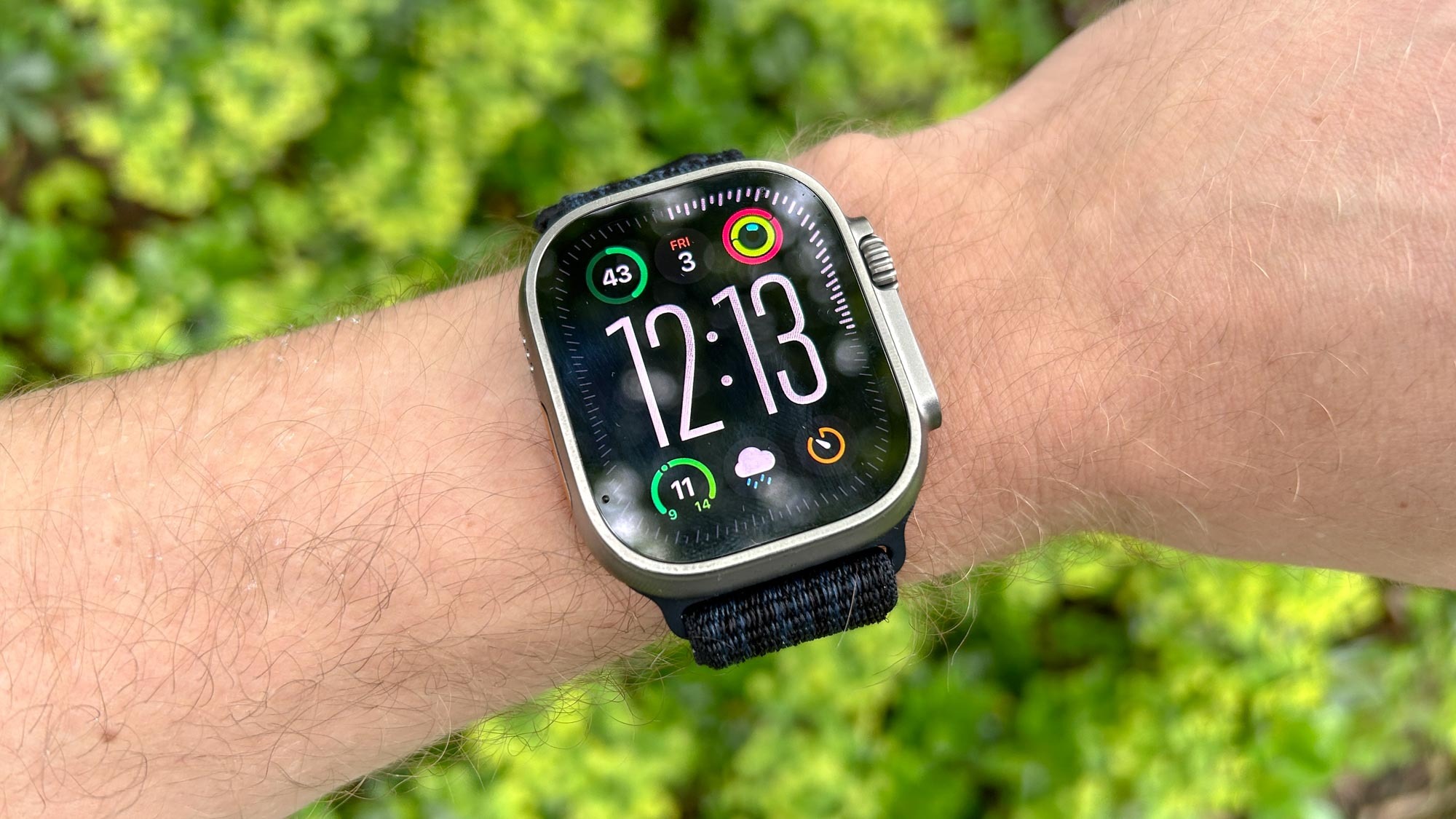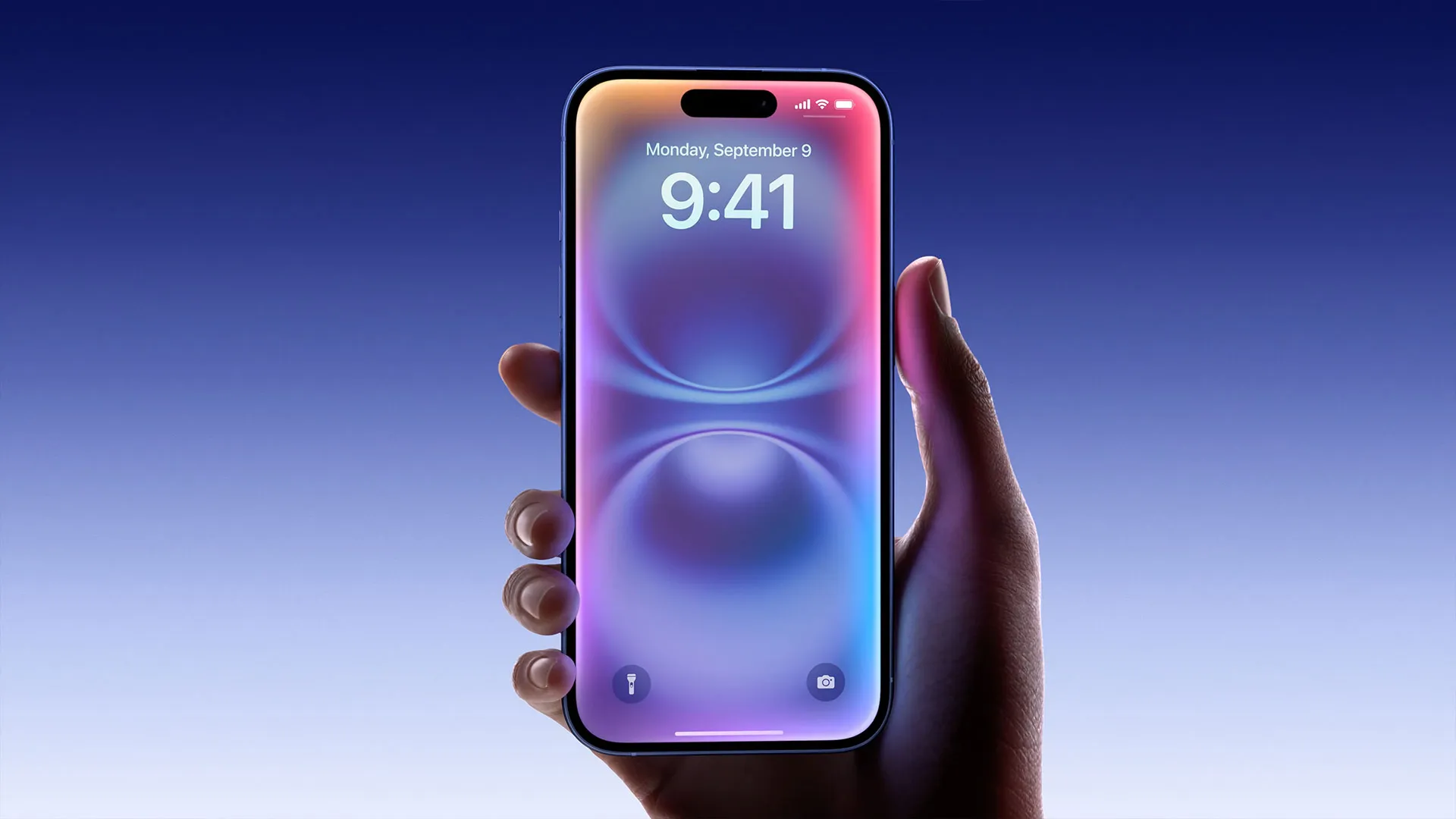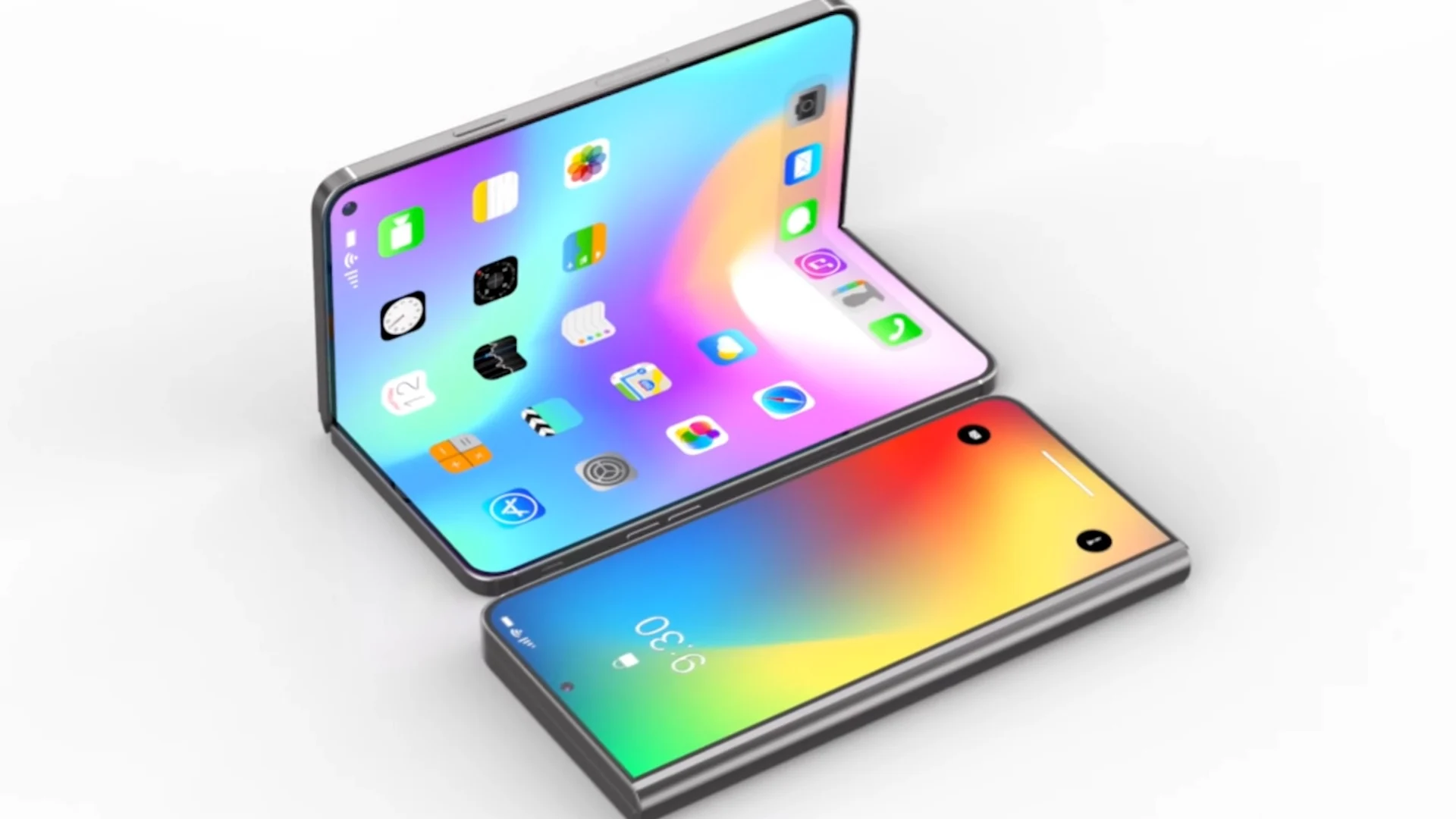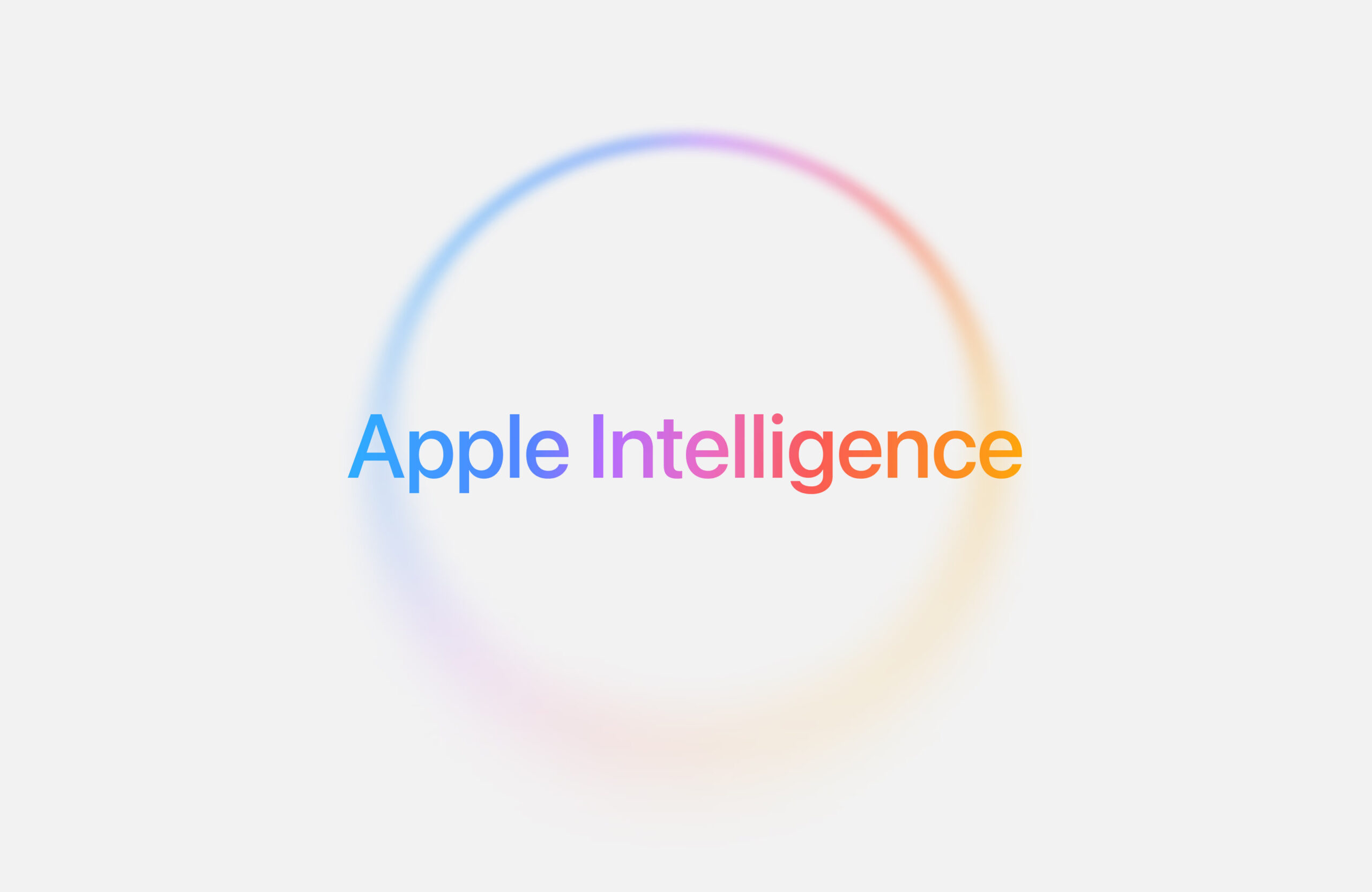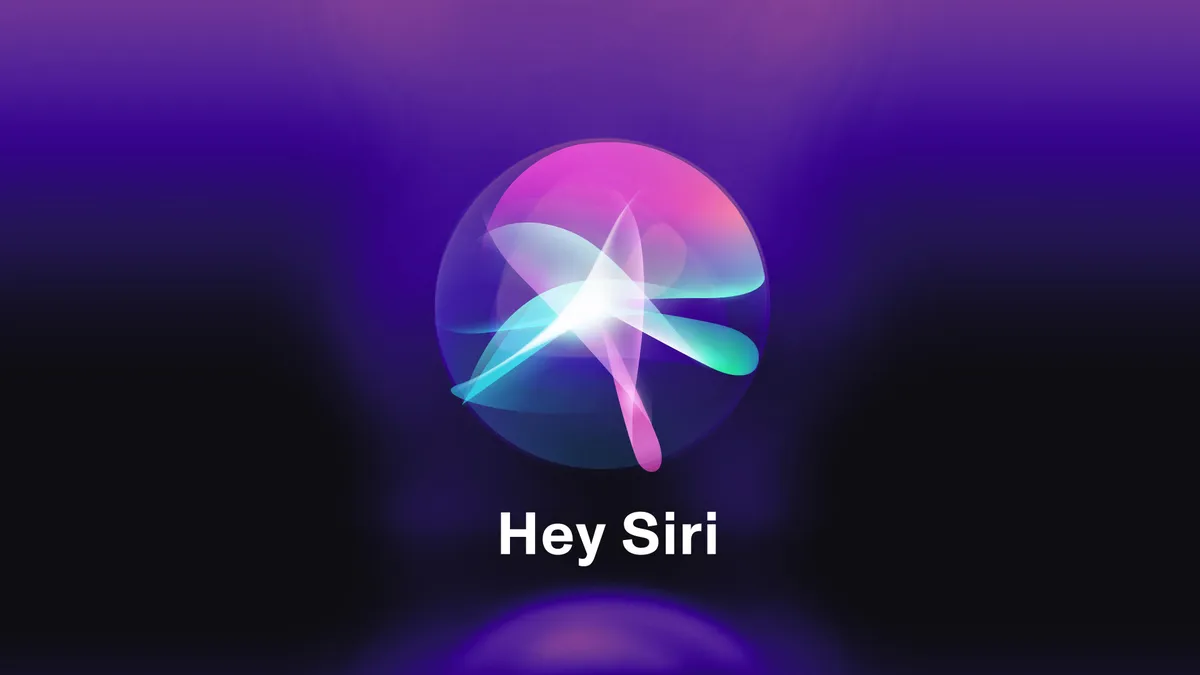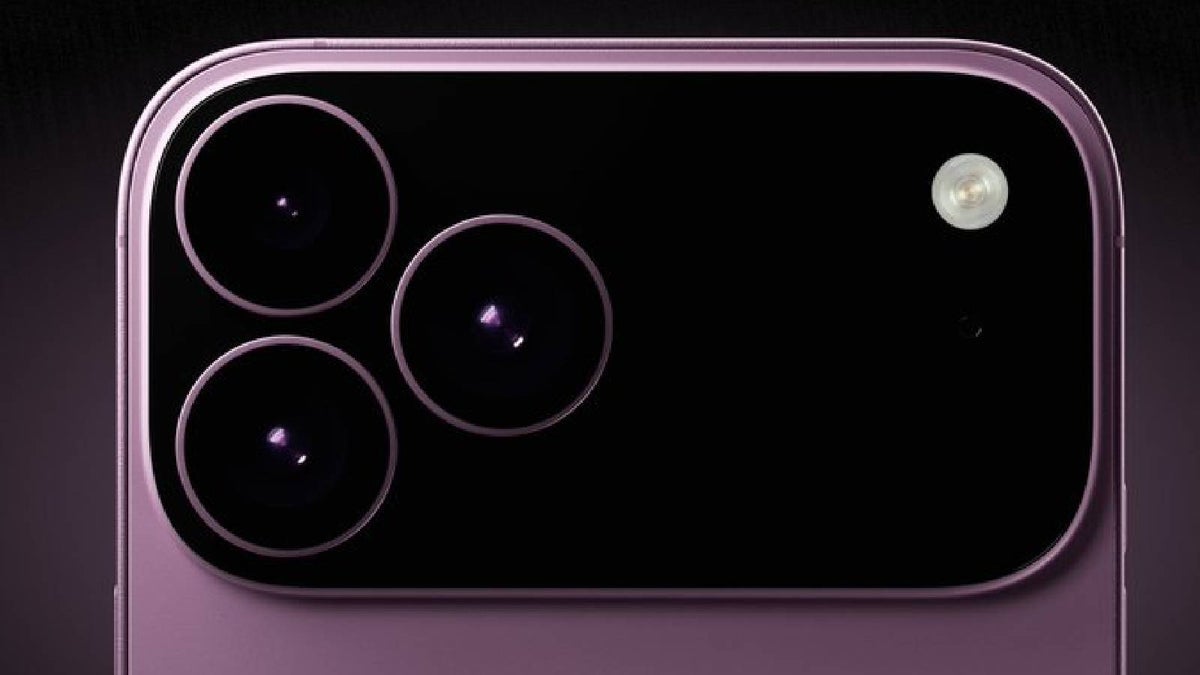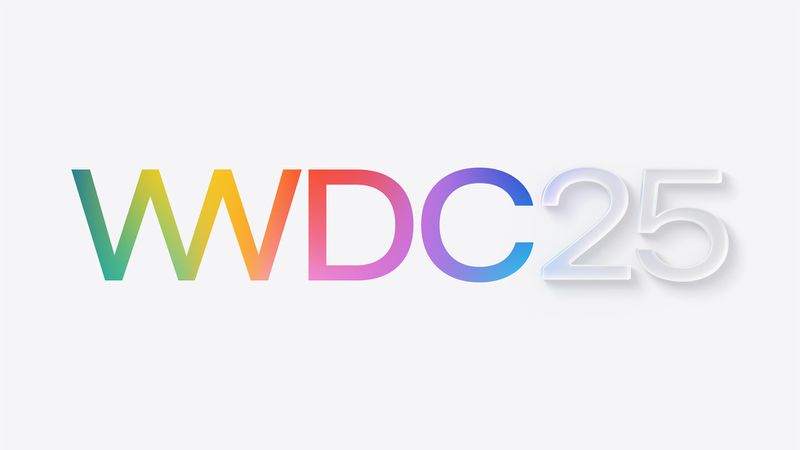Apple is planning to make the Apple Watch more useful and smarter with the upcoming watchOS 12 update, according to a new report. The update will introduce “Apple Intelligence,” a mix of artificial intelligence tools designed just for Apple devices. These new features will work in a special way to keep your personal information private by running most of the AI tasks directly on your device, instead of sending data to the cloud.
This version of AI will be different from what we see in other smartwatches. Apple is said to focus on helpful, easy-to-use tools instead of fancy AI tricks. The company wants the experience to feel smooth, smart, and private. Apple is also expected to preview this update at its WWDC 2025 event in June.
Along with these updates, Apple is also celebrating Earth Day on April 22 with a special Apple Watch activity challenge. If users complete a 30-minute workout that day, they’ll earn exclusive awards and stickers in the Fitness app and Messages. This is part of Apple’s ongoing push to encourage healthy habits and support environmental causes.
In short, Apple Watch users can look forward to a smarter, more private experience with new AI features and fun challenges that promote fitness and the planet.
